
There is a great misconception in our society, a society of experts, that in order to build one must be what we call a Builder.
Usually this is a person of great experience in the field. Conventional experience. The materials must be easily purchased at the store and, in this case, verge on being not only toxic to human health and the earth, but also expensive and unsustainable.
Today I want to help dispel this myth, that in order to build one’s own house, one must be a builder. We are living proof of this and there are many more examples.
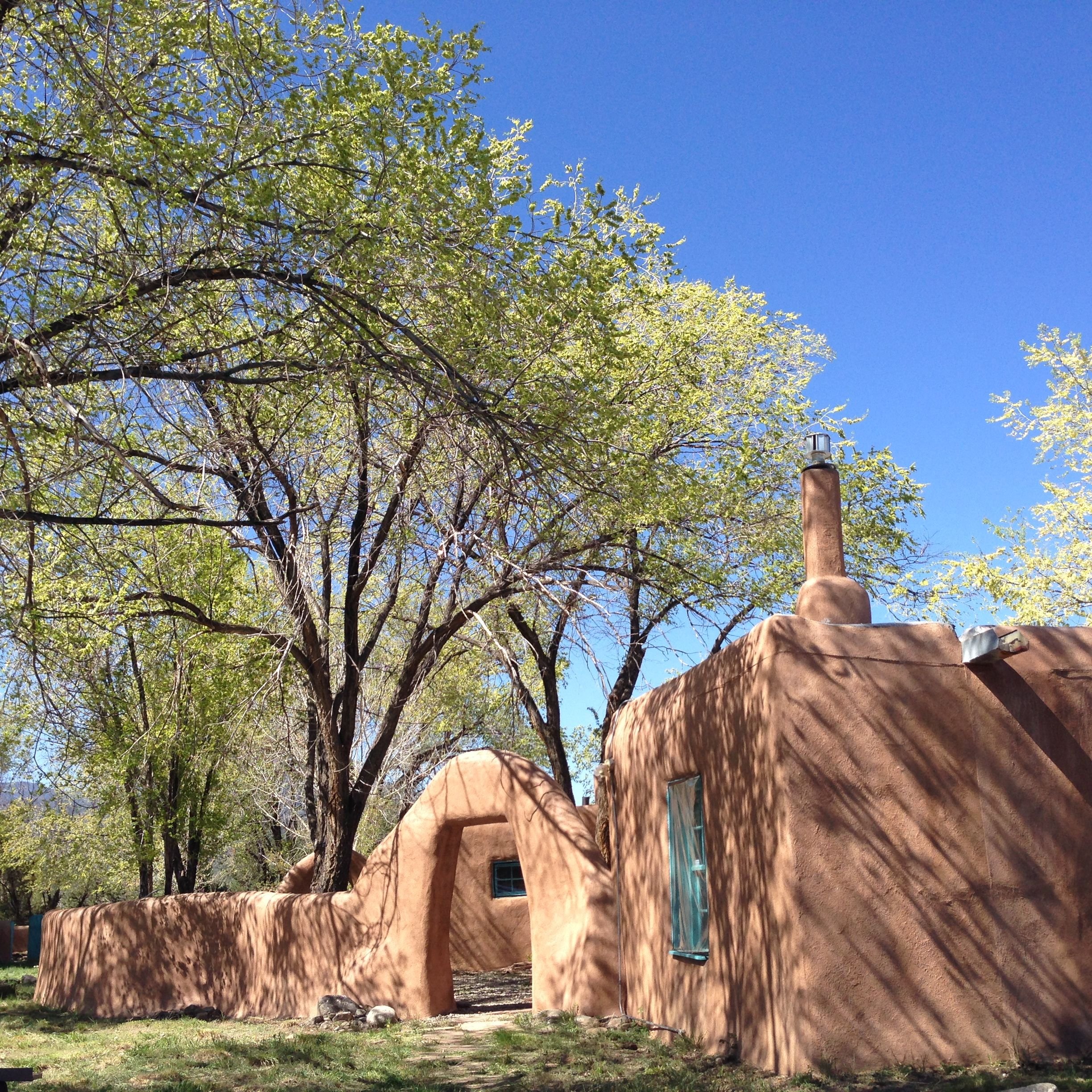
Back in 2014 we lived in Taos, New Mexico which is a fantastic historically creative place of magic and home to the longest standing Pueblo people. You may know it because it is also the home of the Earthships.
While living there, we resided in a historic adobe (over 150 years old) that DH Lawrence spent time in and we also lived in an early prototype earthship that was aided in design by the man himself, Mike Reynolds, but built by and large by a woman who was a non builder.
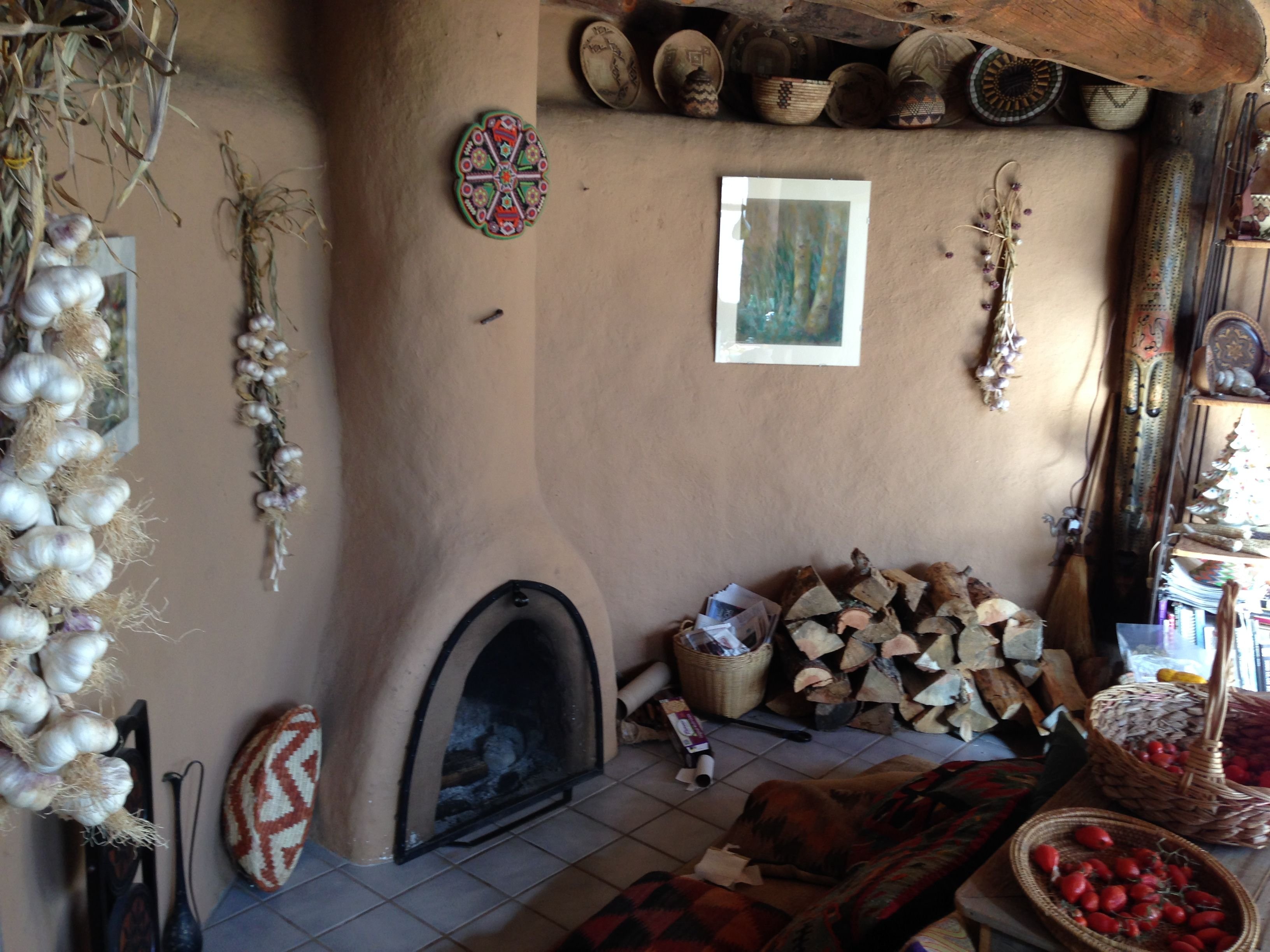
We of Mountain Jewel are foremost gardeners and tree tenders, but when we started our homestead with limited funds and radical dreams, we had to become builders. We’ve since created 3 buildings out of mainly salvaged, reclaimed and local materials (save the new metal roof on one). It has been a huge learning curve, but we are called to be the empowered creators of our own lives and to inspire others.
We can take a sign from nature in this instance, in case any reader is saying, “Well that’s fine for you, but I wouldn’t be able to build my own house!” To this reader we say, Look at the birds of the air, they weave their own nests out of natural materials. The beaver builds its lodge, as does the armadillo its den (though we may curse it for inhabiting our gardens). Indigenous people the world over have always created their homes from earthen materials using simple techniques. It is we in recent times who have deemed it the realm of experts and manufactured components.
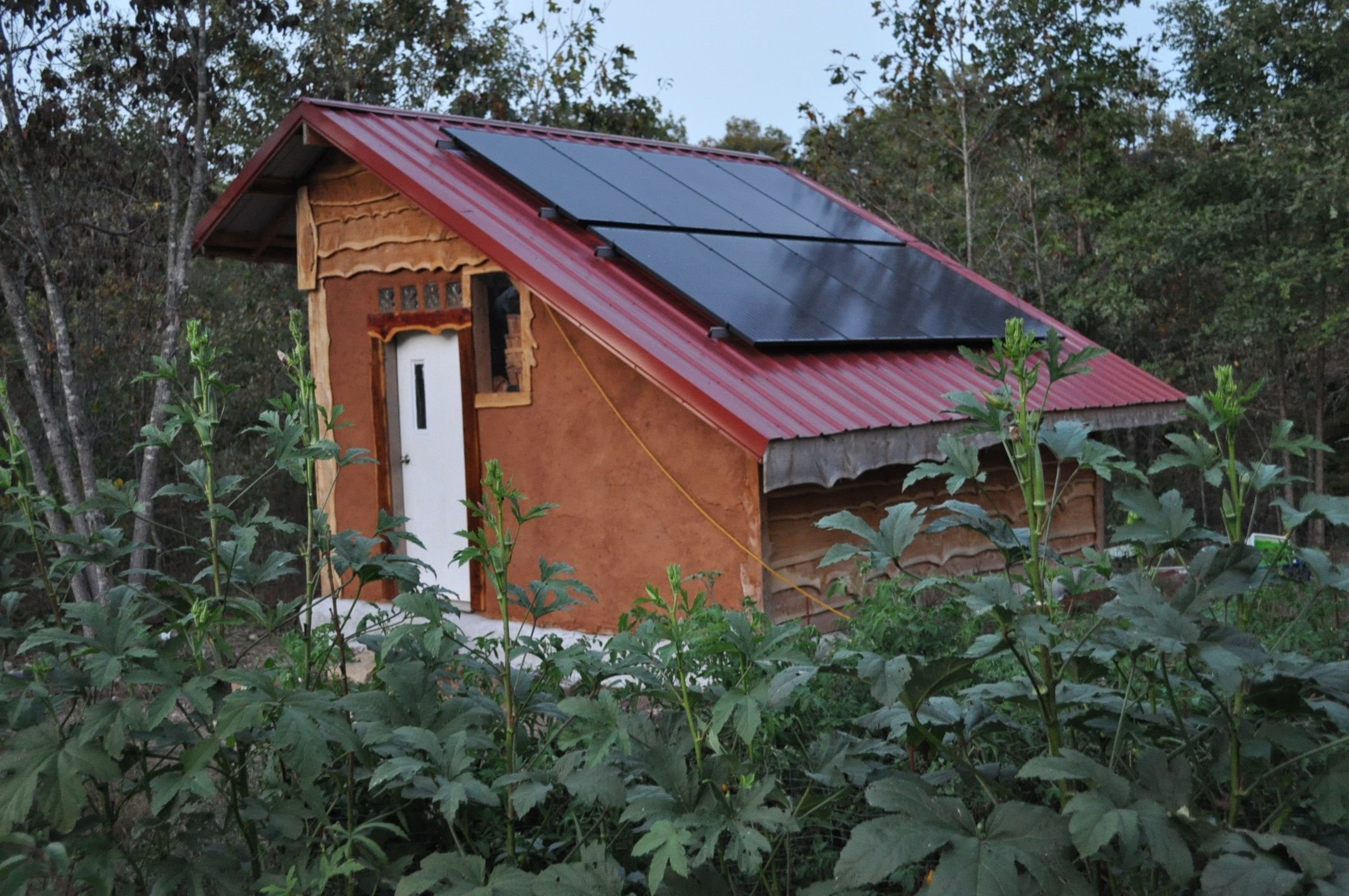
(Our solar shed made from local stud framed wood and filled in with slip straw with a clay plaster finish on the west wall and waney edge cedar on the others)
Many are catching onto this explaining the Natural Building Renaissance. We have the aforementioned earthships, cob, straw bail, slip straw, cordwood, thatch, varying arrays of plaster and stucco, traditional wood, shingle, post and beam, earthbag, log cabin, and the list goes on.
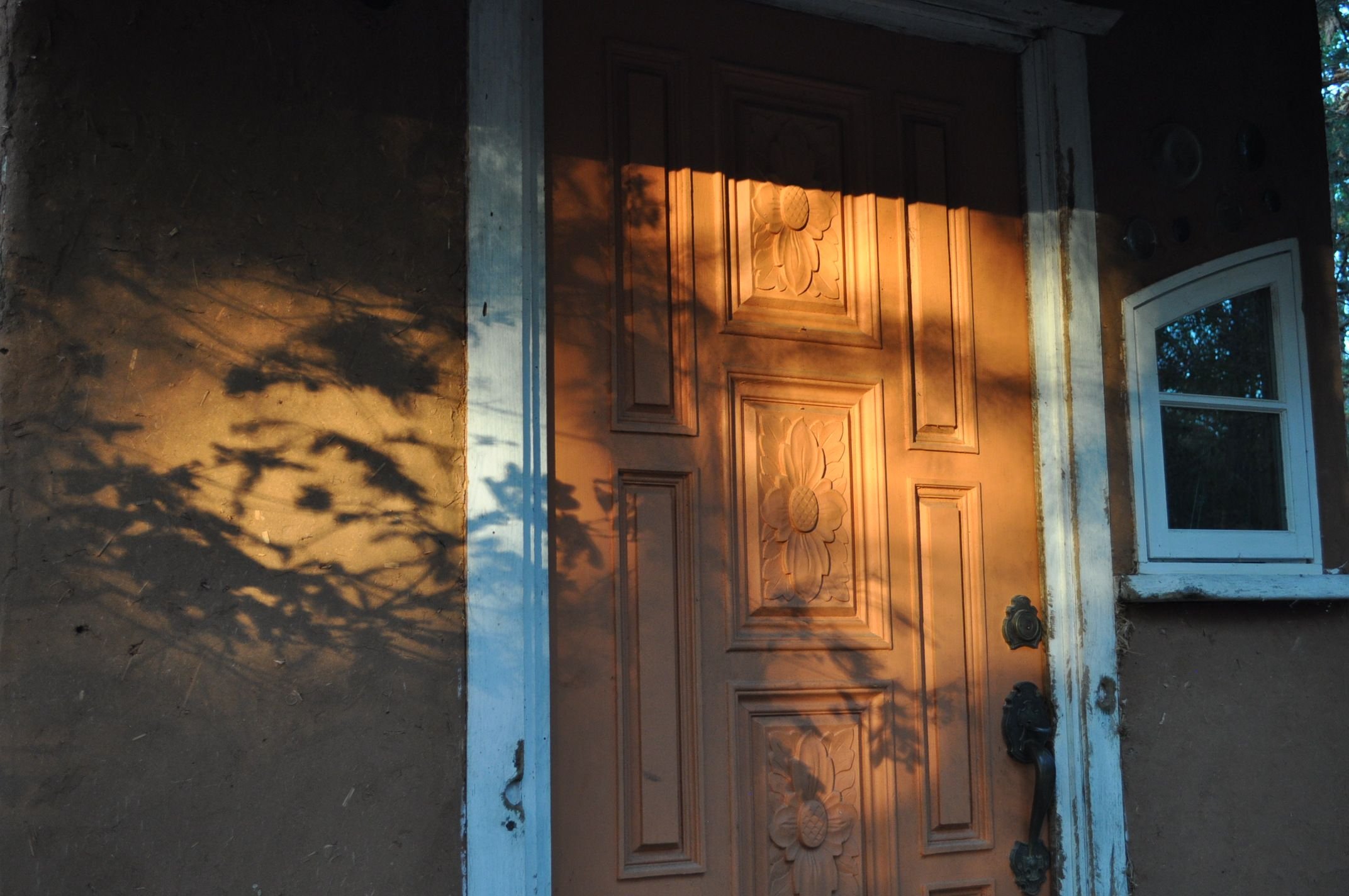
(Our first natural build as non-builders, a slip straw with clay plaster composting toilet)
The trick is to find a building type that fits best with your climate. Our humid Midwestern locale is far too humid for the dug in earthship style, but we have abundant wood here and cold enough winters to warrant cordwood homes. The earthships and adobes are the perfect fit for the dry, arid southwest climate. The earth bag houses fair very well in earthquake areas, having more tensile strength than any other type of building, while cob does well in many areas (arguably best in areas of low humidity) where the walls act as thermal mass and regulate temperature. With a little research, you can become inspired by a style that fits your needs.
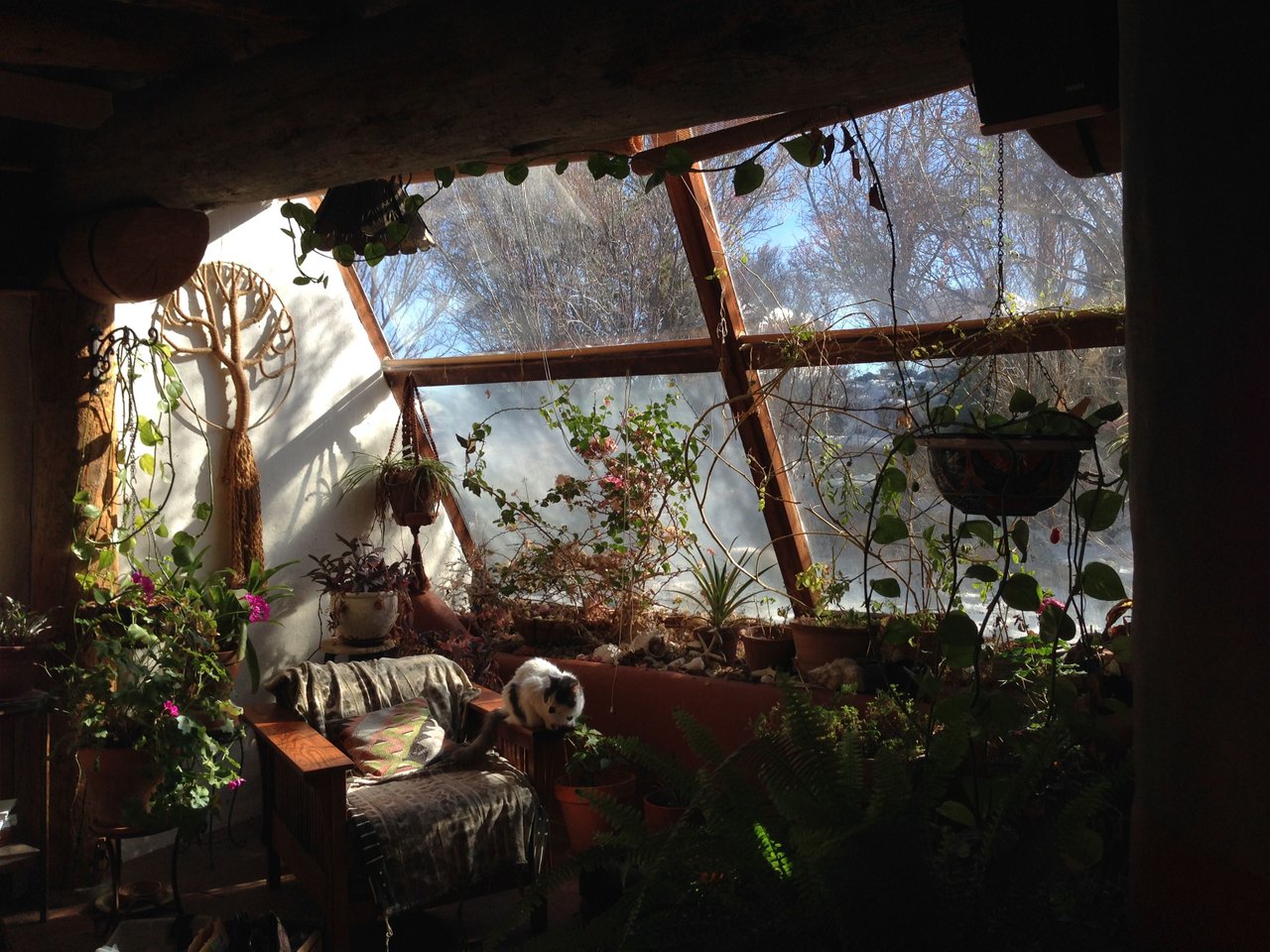
The house we lived in in Taos was known as a pit house, a precursor to the Earthship. The term Earthship was inspired by Buckminster Fuller who spoke of all of us on this Spaceship Earth, and his message is that it is essential we learn to live within our means while inhabiting this planet together. Earthship as a concept takes into consideration all of the households needs and creates a close looped system growing food and utilizing waste streams. In contrast, this pit house, being an early prototype, was still grid tied and relied on a well for water.

The most amazing feature of this house is that throughout the year, it never needed any climate control beyond opening windows. This is because it was buried 8 feet in the ground. An amazing facet of this great Earth is that the temperature of the Earth remains at a constant 55 F (13C). This factor and large south facing (in the Northern Hemisphere) windows allow for solar thermal gain. The sun enters the home, heats the mass of the floor and walls, and acts like a giant heat battery. Because of this constant temperature, a plant like the heat loving bouganvilla (and a host of others) could grow year round. This shows how a little research, intentional planning and simple techniques offer the builder very useful and realistic benefits to building your own home.
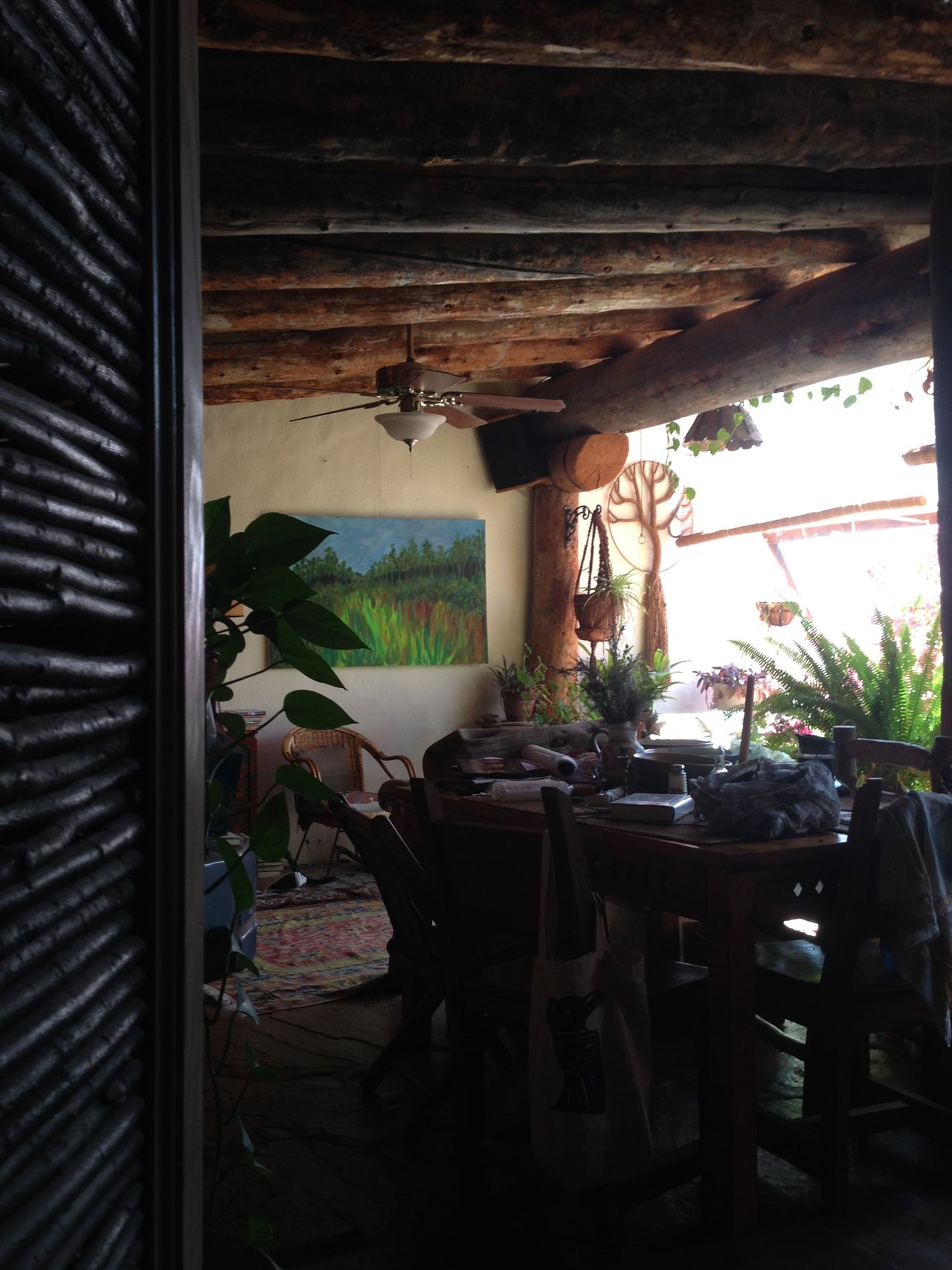
We were so inspired by this build because it was mostly one woman and her husband building this from scratch. I think they hired out the use of a backhoe to dig out the earth, but other than that did the rest on their own with friends. They had little experience in building prior to this. The rear wall was made of used tires packed with earth, and the walls were plastered with local mud. Because the home has so much of the Earth element, it was very stable and definitely cozy.
Being in this house felt like a warm hug.
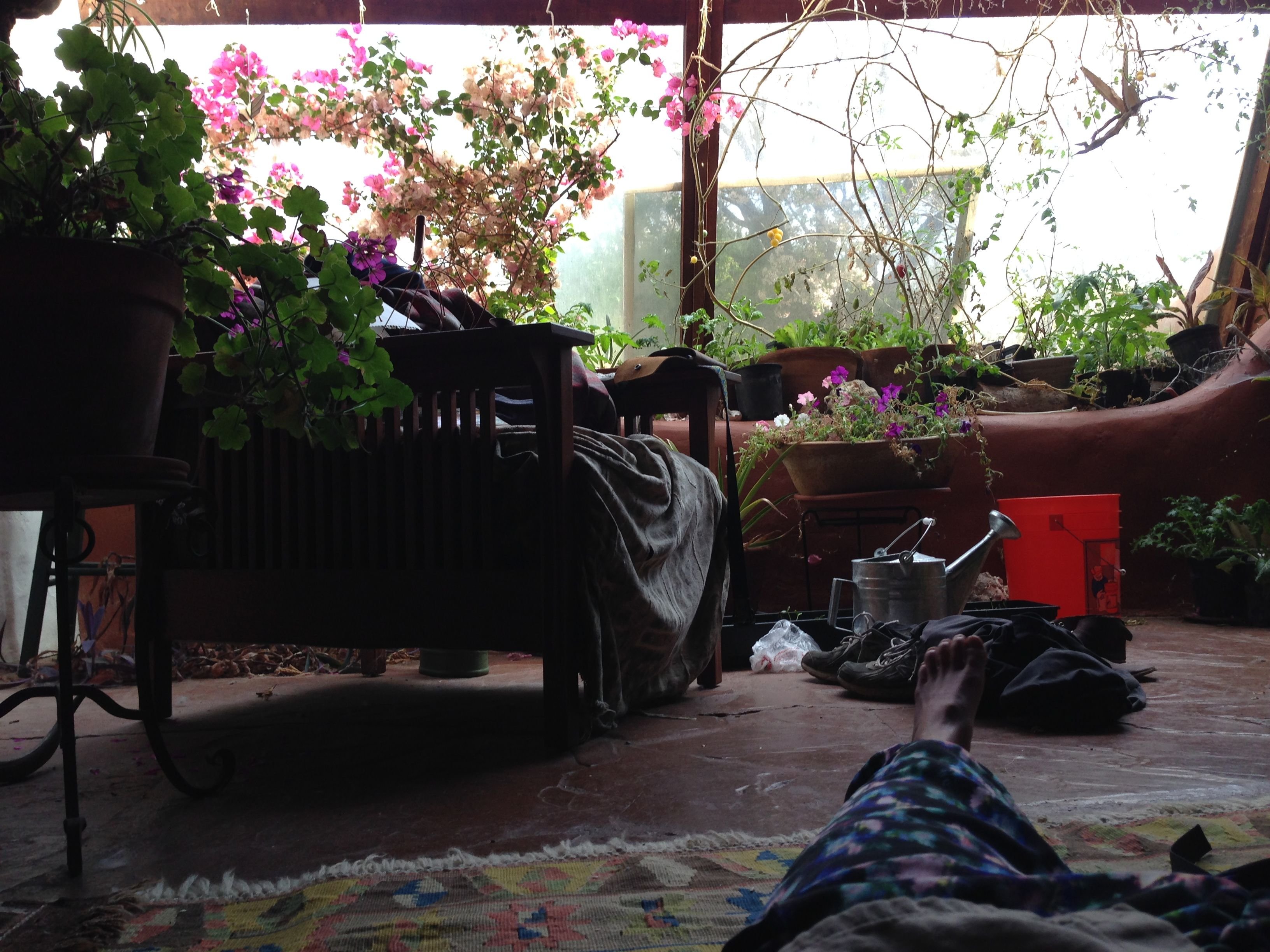
It is our hope that through these simple words, we can chip away a bit at the facade of expert Builders being the only ones who can build. Building your home is one of the most empowering and connecting things you can do.
